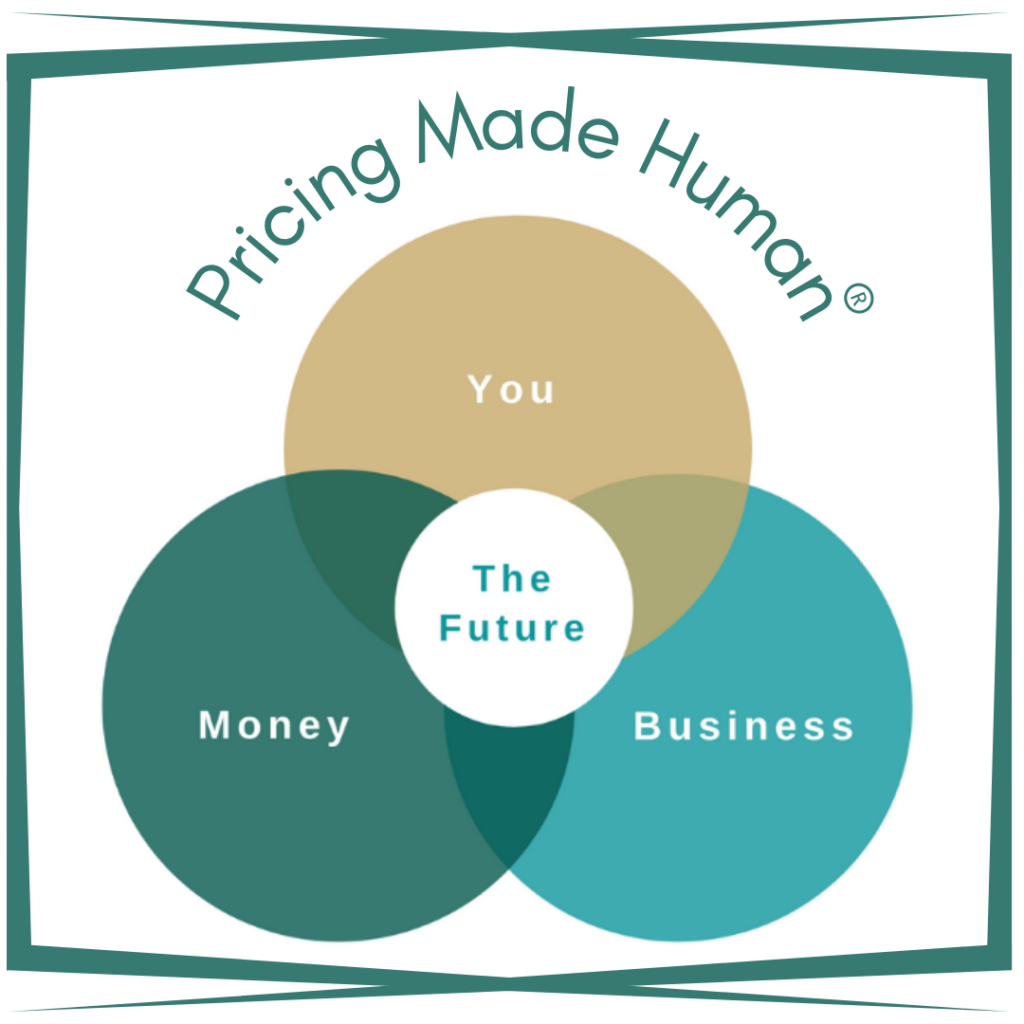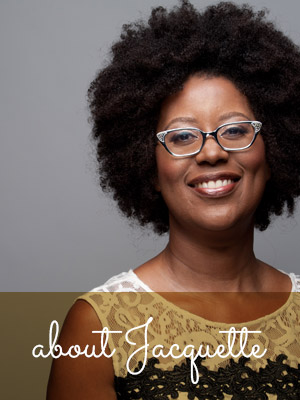One of my absolute favorite shows is “The Wire.” Ask any of my friends and they will tell you I love, LOVE this show. The acting is incredible and the concept of it was unlike anything I had ever seen before in episodic television.
On the surface the show is about illegal drugs, and that’s the entire focus of season one. But that’s just really used to frame and explore a multitude of societal issues and how they intersect in obvious and less obvious ways. So while the business of illegal drugs remains part of the storyline in subsequent seasons, seasons two through five dive deeper into a multitude of areas like education and schools, law enforcement, local politics, and the news.
I think one of the brilliant things “The Wire” *does is force viewers to confront cause and effect. After all, there’s always more to what you see. In the process, it reminds us that some of the solutions to major societal issues may be “simple,” but simple rarely means easy. (*The series ended in 2008, but you can still watch in on Netflix.)
If you’re familiar with me and how my brain works, it won’t surprise you to discover that I thought of the show this past Thursday, August 13. For many, it was just another day. For Black women, however, this date is pretty significant. It is “Black Women’s Equal Pay Day” and represents the amount of time she has to work, in the current year, in order to match the earnings of her White male counterpart…the year before! Or, a total of 19-months. Crazy!!
The impact: According to the National Women’s Law Center, Black women lose out on roughly $1 million of income over a career.
Culturally, we give a lot of lip service to closing the wealth gap. But how will that ever be possible if the gender and racial wage gap remains what it is – both in terms of the dollar amount and the timeline?
Yeah, this is a rhetorical question. And it is one of the reasons I’ve never been shy about my disdain for the traditional financial literary movement. You know: the one that, for example, tends to over-emphasize (a) the math of money, and (b) personal choice when it comes to personal finances (and success with money), whilst minimizing systemic factors such as wage stagnation. (Every April – “financial literacy month” – I rant about this. Here’s just one of my pieces.)
An answer to my rhetorical question is to increase wages.
Okay, simple enough. But it is also very complicated. Because money is never just about money.
An unusual parallel
I should pause here and say a few things:
First, I pose plenty of questions below, but have absolutely no answers. Plus, being a compensation expert is not one of the hats I wear.
Second, the purpose of today’s piece is this: whether we’re reacting to societal issues like the illegal drug trade, decreasing and eliminating the wage gap, or addressing personally challenging issues that hit closer to home, implementing the “simple” solution (or answer) is often the hardest part.
Because doing so is often complex and requires comprehensive, integrated solutions on many fronts.
Much like “The Wire” showed with tackling the illegal drug trade.
Where to start?
The non-money element…
One challenge with the wage gap is identifying the cause. What role does the industry in which someone works play; what about the role of experience and education? Or, what about straight up discrimination?
Being willing to explore which of these individually or collectively is a contributing factor is a good place to start.
The money element…
Currently, only three states provide a minimum wage of $15/hour. The bill the House passed doesn’t make this a federal requirement until 2025. From what I’ve read, even when every state adopts this, it still will not cover the cost of living. So, there’s that.
Then there’s this: Per Siri Chilazi, a research fellow at the women and public policy program at the Harvard John F. Kennedy School of Government, “The highest paying jobs that require the most education show the largest wage gaps.” She goes on to say that, “The smallest wage gaps are on the low-end of the income spectrum because those jobs have more of a standardized wage structure.”
My takeaway from her statements is that the higher you climb the corporate ladder, the more transparency is required when it comes to compensation. In my opinion, this type of transparency also applies to my fellow entrepreneurs who are speakers for hire.
Side note: Remember the story of Octavia Spencer and Jessica Chastain?! They are a great example of two people who were willing to be transparent with each other, first. And that led to changes being made by the studio, second.
What’s the cost?
Yes, there is a financial cost to companies for closing the gender wage gap. A profile of Salesforce on Inc.com states that the company spent more than $10 million on salary adjustments to ensure wage parity.
Doing the right thing can be costly, sometimes. But that doesn’t mean other publicly-traded companies of 100 employees or more shouldn’t follow their example. The key is doing it without sacrificing the financial health of the entire company.
There’s also the financial cost of inaction. In terms of the overall economy, it is estimated that closing the gender pay gap would add $512 billion to the economy. While, I can’t remember the timeline associated with this number, even if that’s spread out over several years, that’s a lot of money not circulating throughout our economy.
And of course, as I mentioned previously, Black women lose out on roughly $1 million over the course of their career due to the wage gap. That means there’s a limit to the resources available to them so that they can invest in the stock market (inside or outside of retirement accounts), start a business, invest in real estate (either primary home or as investment property), or save more or pay down debt.
Vote
It’s been over a year since the House passed the Paycheck Fairness Act (H.R. 7). However, the Senate has failed to bring it up for a vote.
Of course, this legislation alone won’t solve the problem of pay inequality. But, it would have a significant impact. So the next time your Senator holds a townhall you may want to ask where they stand on this issue.
It’s All Connected
The thing I found brilliant about how “The Wire” tackled the illegal drug trade is also what I find interesting about the conversations had about the wage and wealth gaps. These tend to become part of the major news cycle in March, August and October. March for White women; August for Black women; and October for Latina women.
For starters, the media coverage and the conversations it sparks invites us to discuss and explore the many dimensions of cause and effect. And, in the process, it causes us to wrestle with why this remains a recurring issue. Second, you and I are quickly reminded that even if the solution (or answer) seems “simple” on the surface, implementing it is far from.
Third, if you’re reading this as a man or aren’t a BIPOC woman and feel the wage and wealth gaps are someone else’s problem, I humbly ask you to reconsider that stance.
Because what happens to one of us will eventually affect all of us.





